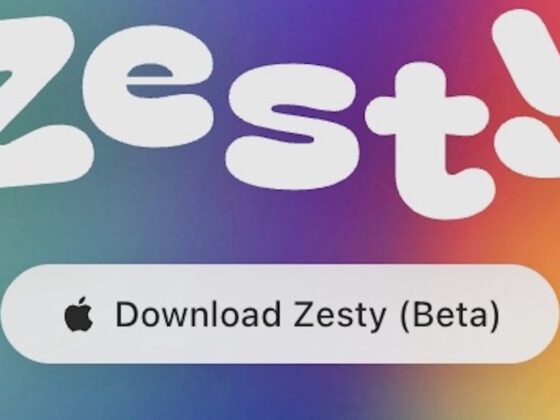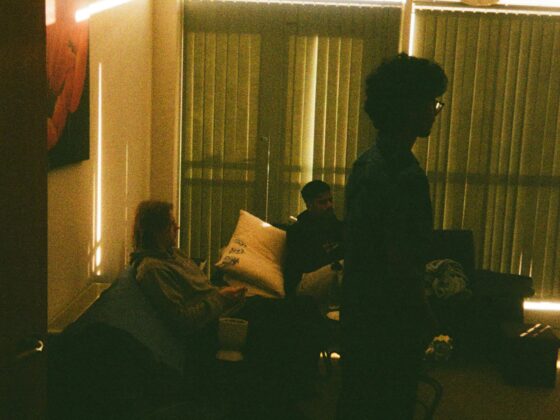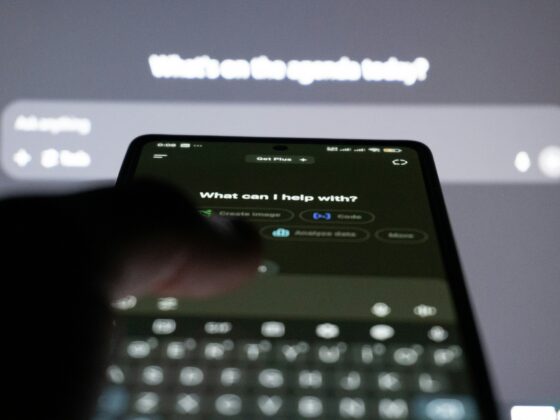
At the end of January 2024, Dunkin’ deployed an interstitial ad featuring its “totally crushable” Cupid’s Choice Donut, a heart-shaped treat filled with Bavarian Kreme and topped with strawberry-flavored icing and red and pink sprinkles, as well as the heart shaped Brownie Batter Donut. And, through February 21 of that year, all of Dunkin’s favorite filled donuts, including Boston Kreme and Chocolate Creme, were made in a festive heart-shape shell.
Another example came from McDonald’s, which interestingly used the format to educate users about new app features, such as how to add payment for mobile orders. And lastly, Uber recently promoted its new subscription program with interstitial ads.
Clearly, Dunkin’, McDonald’s and Uber are mammoth brands with vast advertising budgets at their fingertips, but their campaigns are so impactful because they take advantage of advanced segmentation. With the growth of loyalty programs, these brands have significantly more understanding of how and when their guests spend.
When utilized correctly interstitials can be a guaranteed venue to directly advertise unique deals, offers, rewards, and upsell opportunities to already loyal customers. By implementing interstitials, McDonalds, Uber and Dunkin all understand the role that the tool can 100% play in the visibility of a campaign, particularly for high lifetime value consumers.
Bringing Interstitial Ads to Everyone
Unlike game publishers and major brands, smaller brands may not have multi-million-dollar budgets and big agencies to create unique interstitial ads. But that shouldn’t keep those with white-label or even bespoke custom apps from exploring interstitial ads to grab customers’ attention.
For brands with an active loyalty program and companion mobile app, interstitial ads can complement what they are already doing with banner and static ads. They are a very effective way to get guests to visit and spend more.
An animated ad outlining the benefits of loyalty membership can be a great conversion tool. Conversely, marketers can leverage loyalty program data to segment program members and then send them targeted ads.
For restaurants, this means driving mobile orders, upselling, and cross-selling items. Beyond mobile orders, interstitials also can be used to showcase new app features, LTOs or other loyalty program offers.










